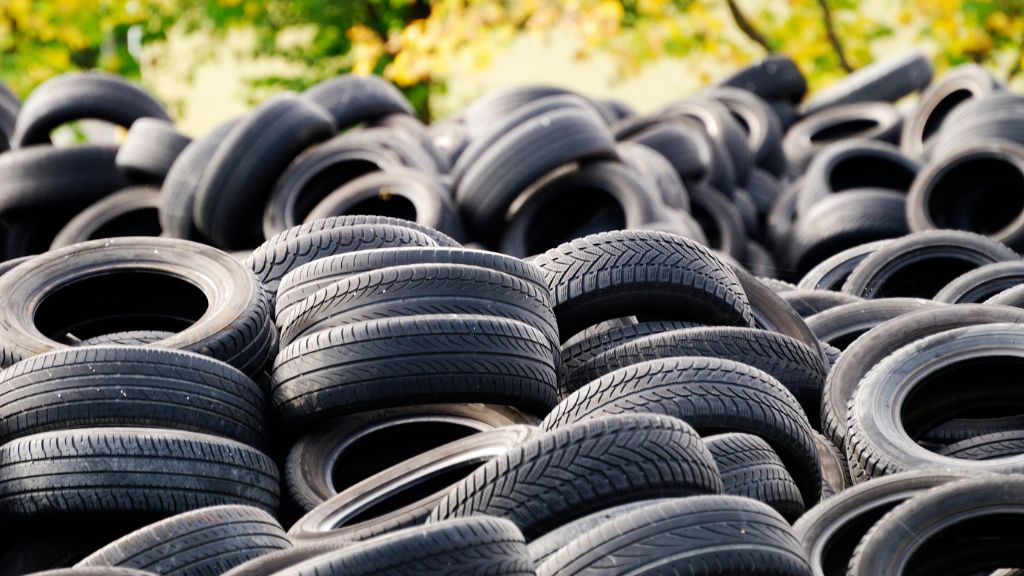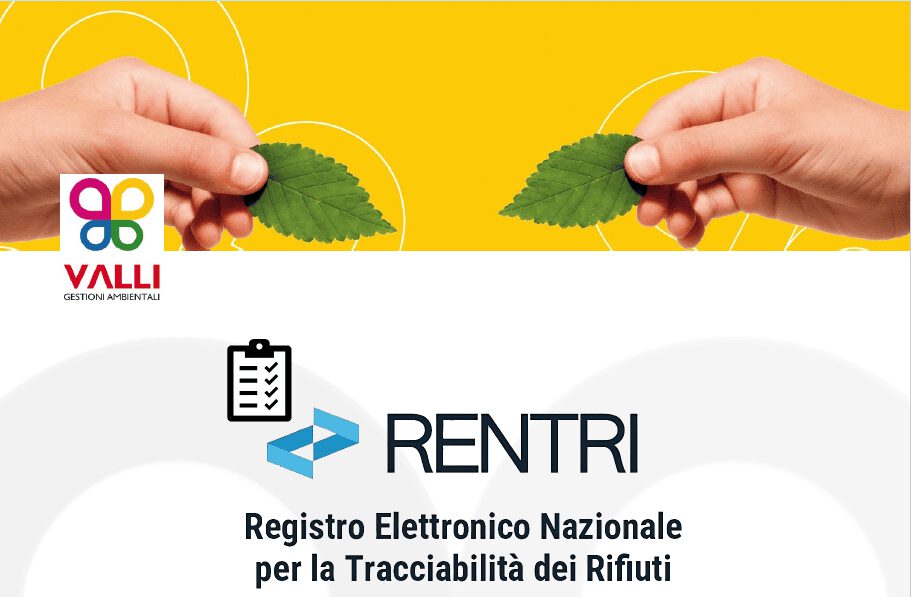With the entry into force of Ministerial Decree no. 82 of 11 April 2011, implementing art. 228 of Legislative Decree 152/2006, subsequently replaced by Ministerial Decree no. 182 of 19 November 2019, the management of End-of-Life Tyres (ELTs) was regulated, pursuant to Article 228 of Legislative Decree no. 152 of 3 April 2006, as amended.
ELTs are tyres that the owner, for example the motorist, discards, has decided or is obliged to discard, which are neither reused nor sent for retreading.
The holder can deliver end-of-life tyres, for example, to tyre dealers, mechanical workshops, service stations, etc., which, in compliance with the provisions of art. 228 of Legislative Decree 152/2006, are required to collect and manage annually a quantity of ELTs at least equal to the quantities of tyres they placed on the national replacement market in the previous calendar year, less the pertinent share of used tyres sold abroad for reuse or carcasses sold abroad for retreading, calculated on the basis of ISTAT data and in proportion to the respective shares of placing on the national market.
When purchasing tyres, the user must pay the environmental contribution, the amount of which varies depending on the type of tyre considered. This contribution is required by law and serves to cover the costs of the national system that deals with the collection and management of ELTs.
Once they have been collected from tyre shops, mechanical workshops, service stations, etc., end-of-life tyres are collected as non-hazardous waste classified with the EER code 160103 by authorised transporters/collectors who directly or indirectly through associated forms, consortia or individual management systems, collect and manage ELTs.
ELT take-back by consortia or individual management systems ensures the correct management of end-of-life tyre flows.
Tyre disposal consortium
Tyre disposal consortia and individual management systems offer ELT collection and management services throughout the country, from tracing to their delivery to the final destination plant.
On the web page https://www.mase.gov.it/pagina/forme-di-gestione-pfu of the institutional website of the Ministry of the Environment and Energy Security you will find the regulatory references relating to the management of ELTs and the complete list of associated and individual forms of management present on the national territory.
Disposal of end-of-life tires
As far as the disposal of end-of-life tyres is concerned, the entry into force of Legislative Decree 36/2003 has established the prohibition of carrying out ELT disposal in landfills of end-of-life tyres, both whole and shredded, excluding those used specifically as engineering material to ensure the functionality of the landfill.
Article 6, paragraph 1, states that “1. Landfilling of waste suitable for recycling or other recovery shall be prohibited. However, the disposal of the following waste in landfills is prohibited:
[…]
(m) whole end-of-life tyres from 16 July 2003, excluding tyres used as engineering materials, and end-of-life tyres shredded from three years from that date, excluding in both cases bicycle tyres and tyres with an outer diameter of more than 1.4000 mm. […]”.
ELT disposal contribution
The amount of the ELT disposal contribution is identified by the Competent Authority on the basis of the estimates communicated by tyre manufacturers and importers. At all stages of the marketing of the tyre, the contribution must be clearly and distinctly stated on the invoices. In any case, the contribution varies depending on the type of tyre (size, etc.).
Recycling of used tyres
The recovery and recycling of used tyres takes place mainly through the mechanical shredding treatment, through which the tyre is divided into special components (rubber, steel, textile fibres).
Recycled rubber from End-of-Life Tyres can be sent for energy recovery due to its high calorific value or, if it meets certain requirements, it can be used, as a substitute for raw material, as a construction, filling, infill material in construction, in the civil and design sectors for the construction of roads, structures and infrastructures for sports, street furniture, road safety, etc. The criteria according to which rubber from ELT recovery ceases to be qualified as waste and becomes End of Waste are listed in Annex I to Ministerial Decree 78/2020 as amended.
ELT collection by Valli Gestioni Ambientali
For years, Valli Gestioni Ambientali S.r.l. has been collecting End-of-Life Tyres (ELTs) from tyre shops, mechanical workshops, service stations, etc. For information about the ELT collection service carried out by Valli Gestioni Ambientali S.r.l., you can contact our. company at the address pneumatici@valli-ambiente.it or at the number 035 951198.
Our. operators are at your disposal to provide you with information on how to collect ELTs and to guide you through the registration process on the portal to request the collection of ELTs.




